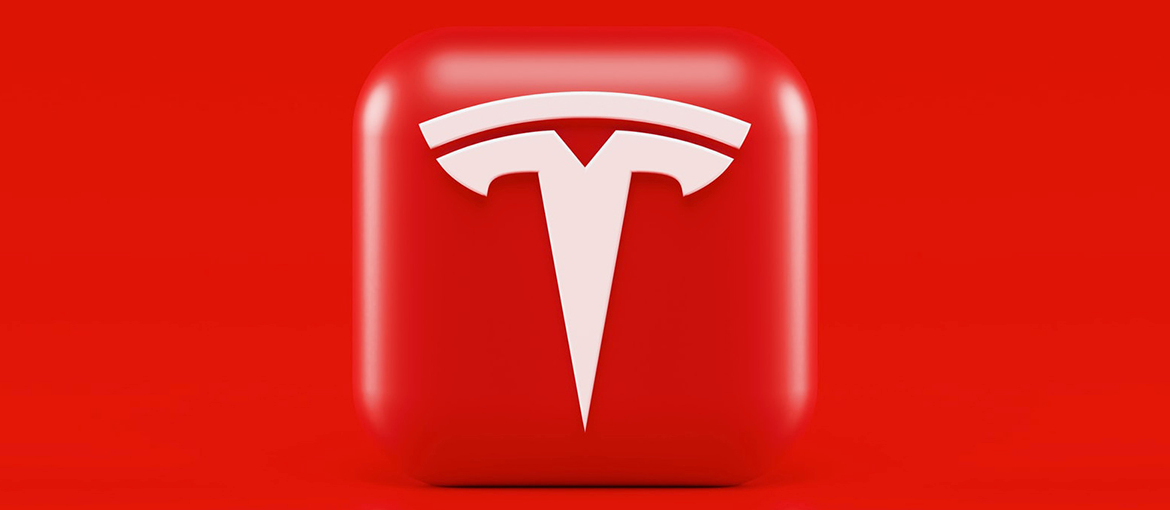Table of Contents
Every day, millions of people connect with their favourite brands, brands with which they have an affinity. Apple, Coca-Cola and Nike are obvious examples of famous brands that people feel a strong connection with for reasons that transcend the product itself.
Before we explore how they manage to connect so effectively with people, we first need to understand whata brand is: a brand is the set of values that define a business and its identity. In building a brand, firms use a number of techniques to promote ideas that change people’s perception of the company.
One such technique is archetypal branding, which is used to find a brand’s ”soul” in order to devise marketing campaigns that are more human and engaging.
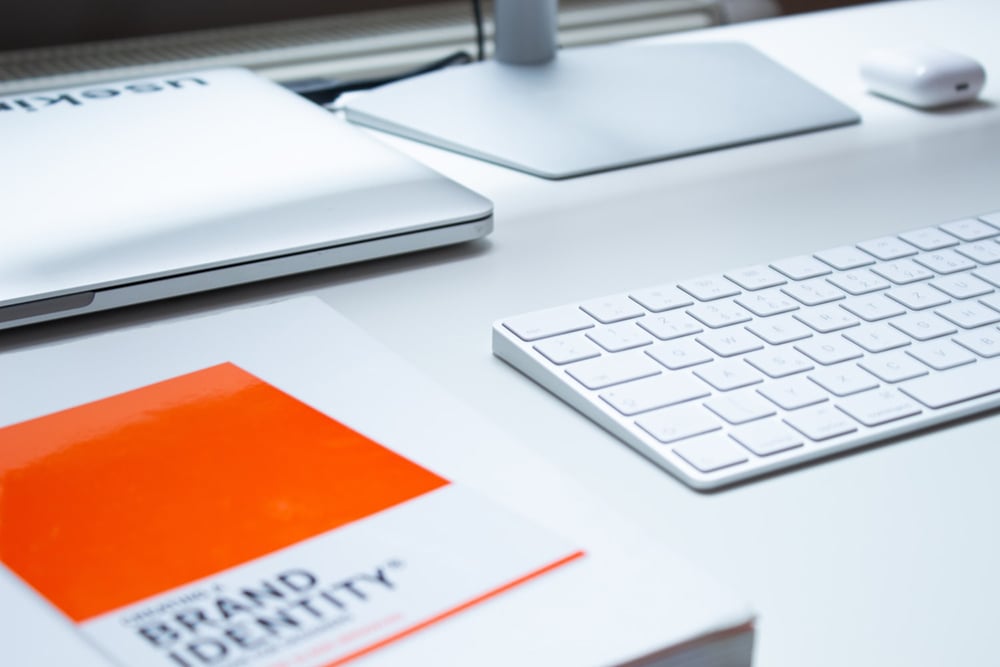
Jungian archetypes
Archetype branding is inspired by the set of personality archetypes outlined by Carl Gustav Jung, the renowned Swiss psychiatrist and psychologist. These are the different types of individual that are found among humans. There are 12 in total and each has universal characteristics in terms of needs, desires, aspirations, goals and fears.
The aim is to think of the brand (whether personal or corporate) almost as if it were a human being: the better defined its characteristics, the better it will succeed in reaching and connecting with people.
Successfully connecting a brand to the right archetype taps into the deepest emotions of the target audience, creating a sense of belonging that drives people to interact with the brand’s products or services.
Carol S. Pearson and Margaret Mark would later draw heavily on Jung’s work in creating their methodology for building a successful brand. They divided the 12 archetypes into four quadrants, namely stability, independence, change and belonging.
Each quadrant comprises three archetypes: choosing the right one for your brand helps to ensure consistency across all brand communications, from TOV to social media copy for “speaking” directly with customers. Below you’ll find the 12 archetypes, with examples of brands that are associated with them.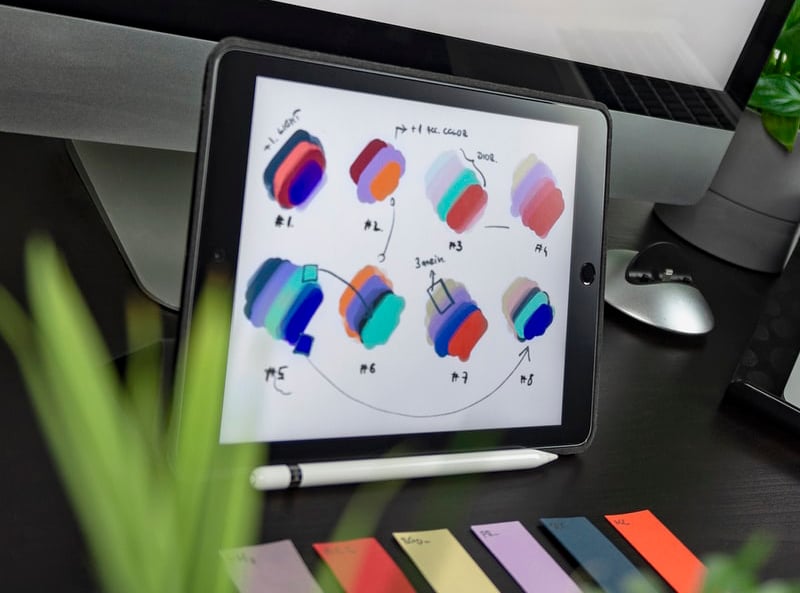
1.Stability: brands that express leadership, innovation and security
- The Ruler: the boss, the king, the manager. They dominate the stability quadrant because they are leaders who rule. The strongest and most authoritative brands choose this archetype, brands that want to maintain an orderly world in which they have control and belong to the elite. Their biggest fear is Brands in this category include IBM, Mercedes and Microsoft; in other words, firms selling products and services that are fairly expensive but offer high quality and long warranties. They cultivate an image of excellence in people’s minds.
- The Caregiver: the mother, the altruist, the parent. This archetype is associated with brands that protect and take care of people, so usually those in the world of security, medicine or aid. Examples include Johnson & Johnson, WWF and UNICEF. Their greatest fear is selfishness and ingratitude, while their goal is always to do something for others.
- The Creator: the artist, the inventor, the innovator, the It’s an archetype often picked by brands that want to convey a sense of freedom while keeping their feet on the ground. The users of these brands’ products and services know that they will last, allowing customers to achieve their goals. Examples of famous brands who have opted for this archetype are Adobe and Lego.
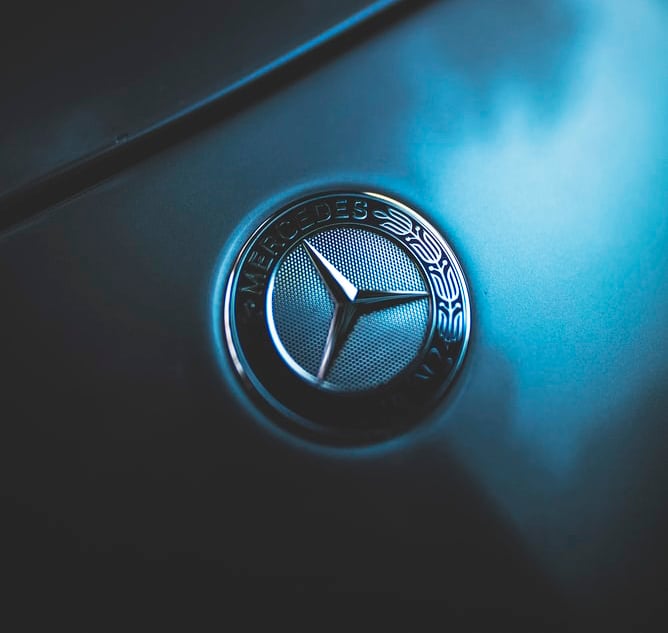
2.Independence: brands that emphasise exploration, individuality and spontaneity
- The Sage: the expert, the academic, the researcher, the mentor, the This is the most important archetype in the independence quadrant and is someone who has fully internalised the values of the life they lead, which means they aren’t influenced by external factors. They represent balance and the search for knowledge. Their greatest fear is ignorance. Brands like MIT, Google and The New York Times fit this archetype.
- The Innocent: the traditionalist, the dreamer, the naive. People who identify with this brand are children, spontaneous types and those who live without truly understanding the constraints of society and always seek Their strategy is to do things the right way. Associated brands include Dove and Coca-Cola.
- The Explorer: the individualist, the pilgrim, the seeker. They understand the rules but push boundaries: they always want something more satisfying. Associated brands include Patagonia, The North Face and Starbucks; in other words, anti-conformists who help people to express their individuality.
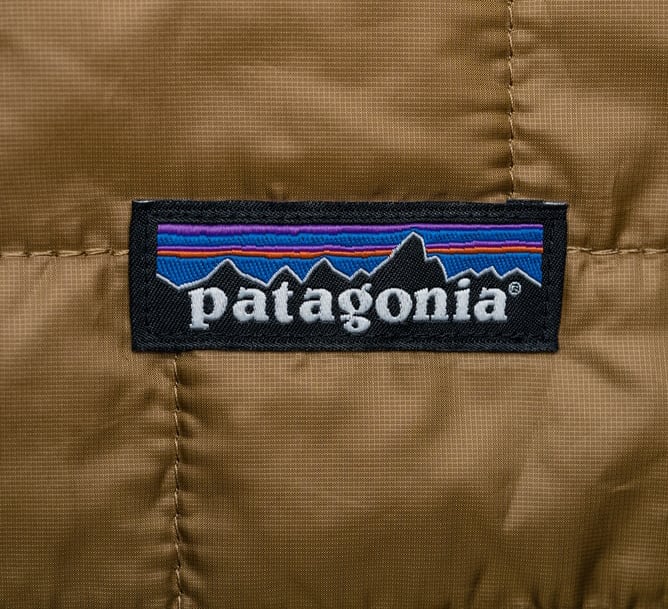
3.Change: brands that are unconventional and self-confident
- The Magician: the visionary, the charismatic leader, the shaman, the healer. They above all represent change, because they have mysterious knowledge and use it to make the impossible possible. Their fears are unintended consequences. Associated brands include Apple, which offers easy-to-use products at mid-to-high prices.
- The Hero: the warrior, the soldier, the winner in team sports. They sacrifice themselves to do the right thing and fight for positive change. Their fear is to become weak and vulnerable. Associated brands include FedEx and Nike, which has based its messaging around rising to the challenge: “just do it”.
- The Outlaw: the revolutionary, the outsider, the person who breaks free from the status quo. Their biggest fear is to be powerless. The type of change they want to bring is more individualistic than altruistic. Associated brands include Harley-Davidson, Diesel and Tesla, which offer products that allow consumers to set themselves apart.
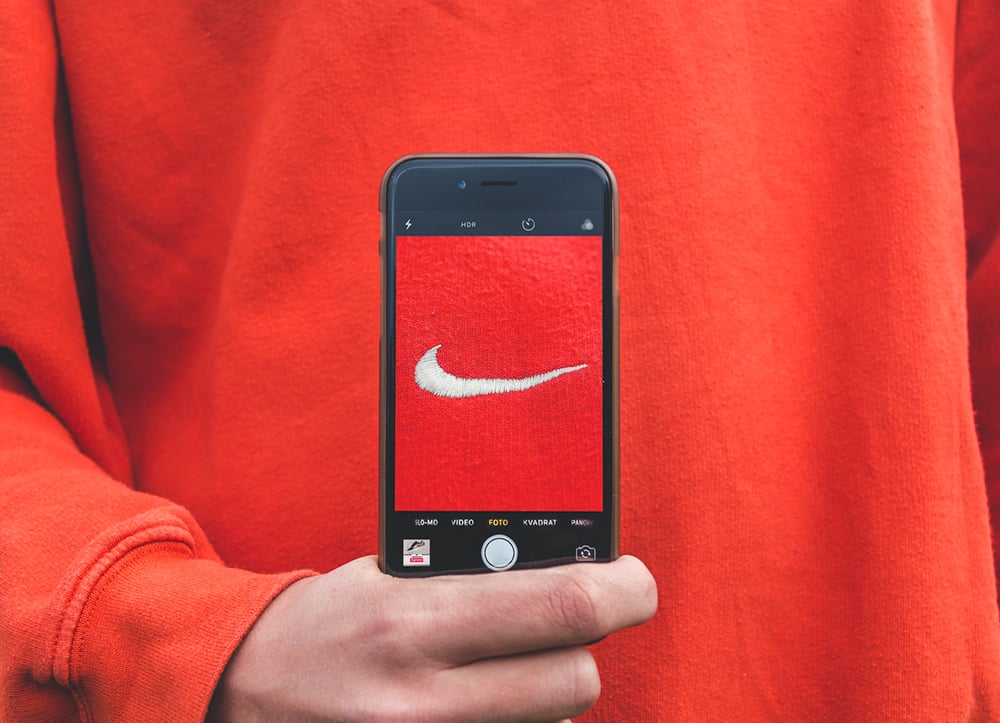
4.Belonging : the brands that identify with a group and don’t break the rules
- The Jester: the archetype that dominates this quadrant and is represented by the joker, someone who wants to have fun and live light-heartedly. Their greatest fear is Their objective is to live life to the full, but they aren’t bad and don’t break the rules. Associated brands are M&Ms and Xbox, which help people feel part of a group or community. These brands usually sell for a mid-range price.
- The Lover: the friend, the spouse, the team builder. The brands that use this archetype speak the language of seduction. Their greatest fear is to be alone and unloved. Brands from the world of cosmetics, travel and jewellery usually belong to this archetype. Examples include Chanel, Revlon and Alfa Romeo.
- The Regular Guy/Gal: the nice guy, the girl next door, the realist, the silent majority. Everyone can relate to him or her, and their biggest fear is to be left out. Associated brands provide mass-market products and services at reasonable prices, like Facebook, Ikea or eBay.
What archetype does your brand belong to?
This primer on archetype branding provides some ideas for immediately connecting with people and consumers by choosing an archetype that is likely to be attractive to them.
Before you settle on an identity for your brand, you must first identify the objectives, strategy, strengths, weaknesses and fears that will come into play in interactions with the customer. Only then will people be able to get close to and interact with something that is not, in fact, tangible.

